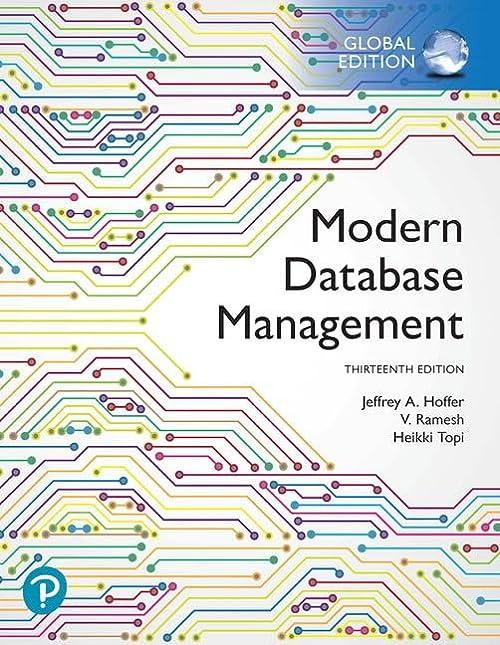Answered step by step
Verified Expert Solution
Question
1 Approved Answer
No chatgpt, no AI please : Write a function named get _ common _ elements that accepts two lists as parameters. The function will return
No chatgpt, no AI please : Write a function named getcommonelements that accepts two lists as parameters.
The function will return a new list of all elements that are common to both lists. The
new list should not have any duplicate values in it only unique values Note that the
lists don't need to be the same length, and one or both could be empty lists.
Example Executions
alist
blist
printgetcommonelementsalist blist # prints
alist
blist
printgetcommonelementsalist blist # prints
alist
blist
printgetcommonelementsalist blist # prints
alist
blist
printgetcommonelementsalist blist # prints
alist
blist
printgetcommonelementsalist blist# prints
Step by Step Solution
There are 3 Steps involved in it
Step: 1

Get Instant Access to Expert-Tailored Solutions
See step-by-step solutions with expert insights and AI powered tools for academic success
Step: 2

Step: 3

Ace Your Homework with AI
Get the answers you need in no time with our AI-driven, step-by-step assistance
Get Started


